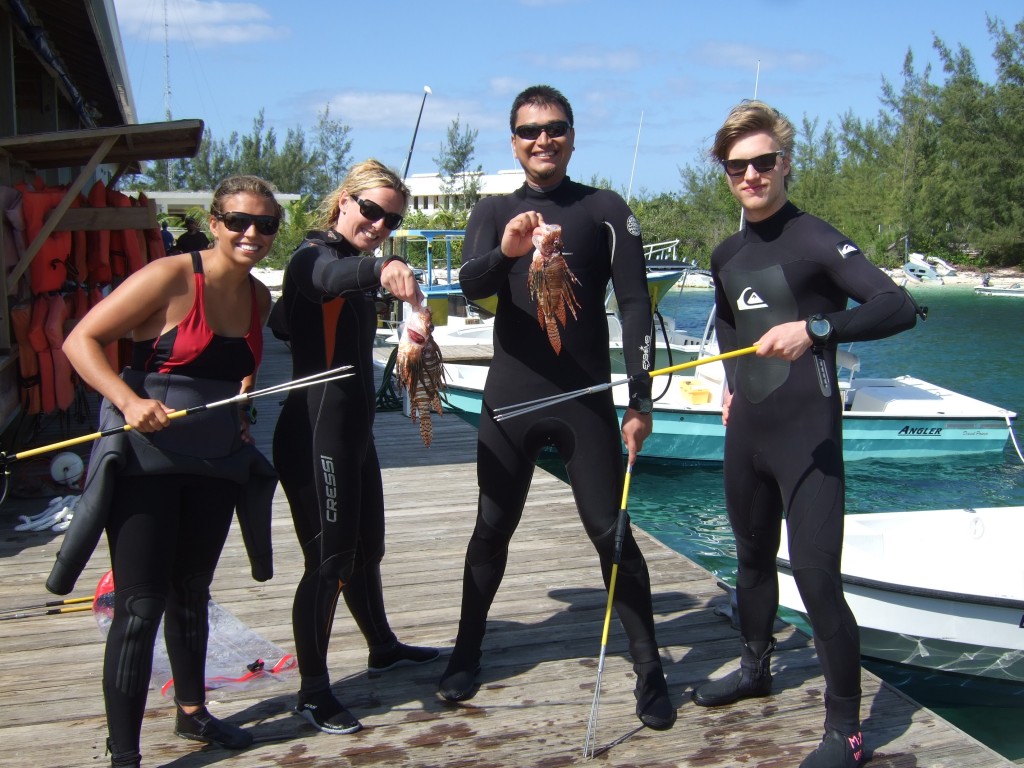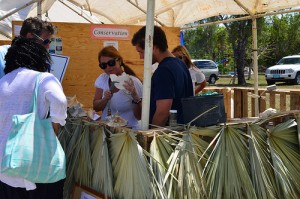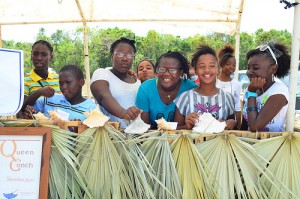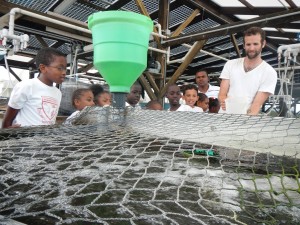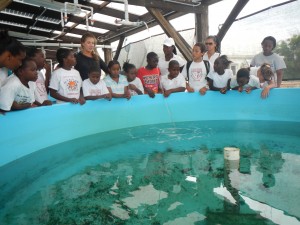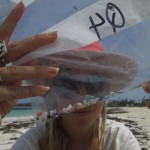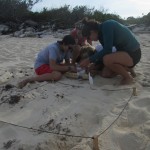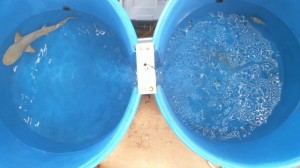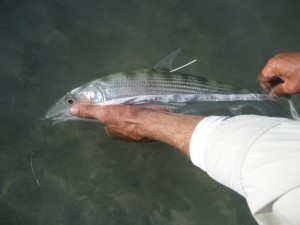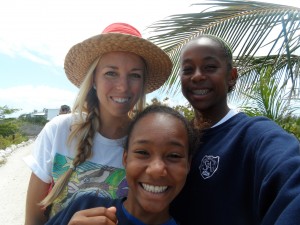
Last week, Educational Programs at CEI had their hands full with two classes hailing from St. Andrew’s School in Nassau, home of the Hurricanes. The first class, a group of 17 students, had a blast helping the plastics, lionfish, and bonefish research teams. Students arrived from Nassau and executed their first day nicely with lots of energy and enthusiasm! The first item on the agenda was a sustainable systems scavenger hunt, exploring the grounds and learning important facts about sustainability initiatives around campus. That afternoon, they spoke with Kristal Ambrose, Patch Reef Researcher & plastic enthusiast, on her plastics research project at CEI. Although the rain put a damper on data collection, they were able to conduct beach plastic surveys the next afternoon and utilize this data for their Math class back at
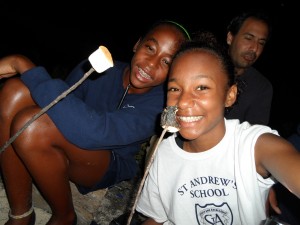
St. Andrew’s. The second day they headed down island to explore the caves of Rock Sound, journal at the Banyon Tree, and swim in Ocean Hole. That afternoon they took a stroll down the beach at Paige Creek to learn about the Flats ecosystem and chat with Liane Nowell about her exciting master’s project on Bonefish. The day ended with a bonfire and s’mores on the beach! Their last day started with a joyful school reunion when the second class from St. Andrew’s arrived. Continue reading
